The Biological Mechanisms of Plant Adaptation to Drought
Introduction
Plant adaptation to drought is a complex biological process that involves a variety of physiological, biochemical, and molecular mechanisms. These mechanisms allow plants to survive and reproduce under conditions of water scarcity, which is a common environmental stressor in many parts of the world. This article will delve into the intricate details of these mechanisms, providing a comprehensive understanding of how plants adapt to drought conditions.
Physiological Mechanisms
The physiological mechanisms of plant adaptation to drought primarily involve alterations in water uptake, transport, and use. These changes are facilitated by a range of plant structures and processes, including root architecture, stomatal conductance, and photosynthesis.
Root Architecture
The root system plays a crucial role in plant adaptation to drought. Plants often modify their root architecture to enhance water uptake from the soil. This can involve an increase in root depth, root density, or root hair length. For example, some plants develop deeper root systems to access water stored in deeper soil layers during periods of drought.


Stomatal Conductance
Stomatal conductance is another important physiological mechanism in plant adaptation to drought. Stomata are small pores on the surface of leaves that regulate the exchange of gases, including water vapor, between the plant and the atmosphere. During drought conditions, plants often reduce their stomatal conductance to minimize water loss through transpiration.
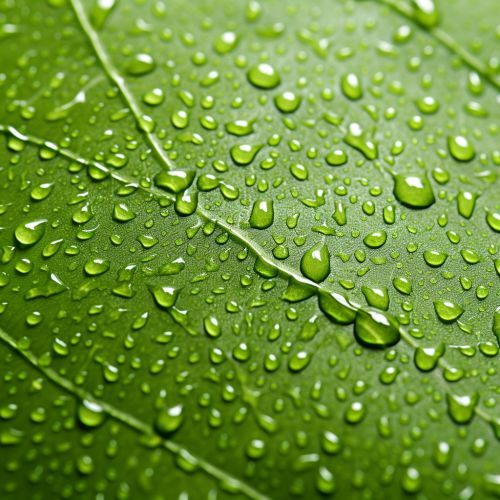
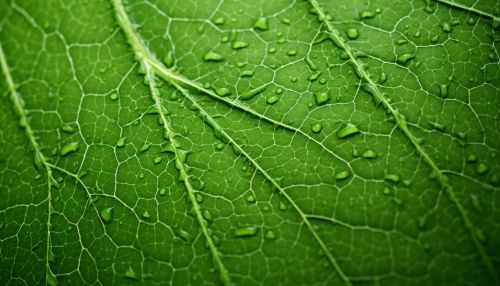
Photosynthesis
Photosynthesis, the process by which plants convert light energy into chemical energy, is also affected by drought. Plants may adjust their photosynthetic activity in response to water scarcity, often reducing photosynthesis to conserve water. However, some plants have evolved mechanisms to maintain photosynthetic efficiency even under drought conditions.


Biochemical Mechanisms
Biochemical mechanisms of plant adaptation to drought involve changes in the concentrations and activities of various biomolecules, including hormones, proteins, and metabolites.
Hormones
Plant hormones, also known as phytohormones, play a central role in the plant's response to drought. Hormones such as abscisic acid (ABA), ethylene, and jasmonic acid are known to mediate various aspects of the drought response, including stomatal closure, root growth, and stress tolerance.


Proteins
Proteins are another key player in the biochemical response to drought. Drought conditions can trigger changes in the expression of various proteins, including those involved in stress response, signal transduction, and metabolic processes. These proteins help the plant to cope with the stress and damage caused by water scarcity.
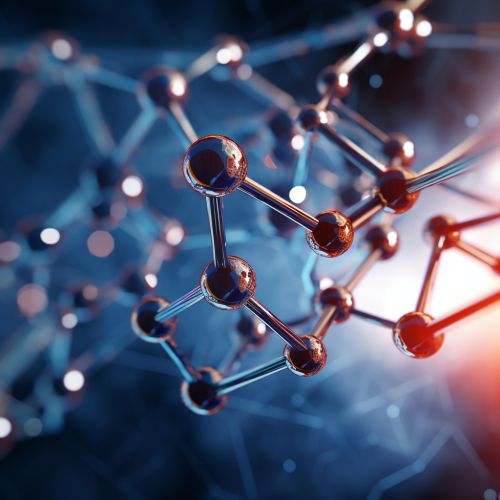
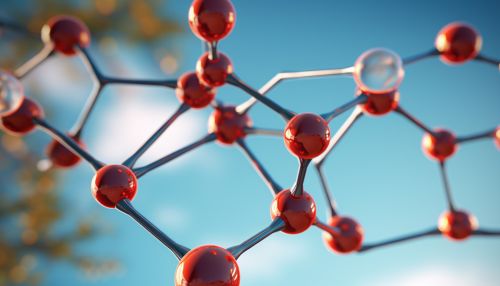
Metabolites
Metabolites, the small molecules involved in metabolism, also change in response to drought. These changes can include an increase in the levels of certain sugars, amino acids, and organic acids, which can help to protect the plant cells from the damaging effects of drought.


Molecular Mechanisms
At the molecular level, plant adaptation to drought involves changes in gene expression, protein synthesis, and signal transduction.
Gene Expression
Drought conditions can trigger changes in the expression of a wide range of genes. These include genes involved in stress response, signal transduction, and metabolic processes. The changes in gene expression are often mediated by transcription factors, which are proteins that bind to specific DNA sequences and control the rate of transcription of genetic information from DNA to messenger RNA.
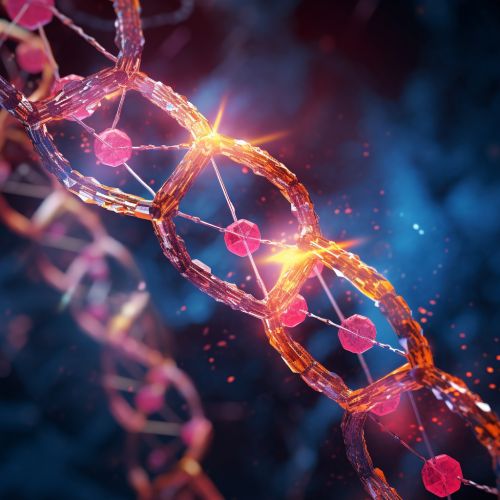
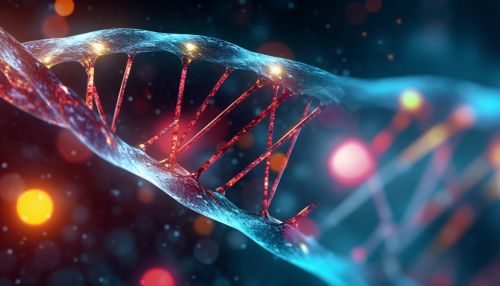
Protein Synthesis
Changes in protein synthesis are another key molecular mechanism in plant adaptation to drought. Drought can trigger the synthesis of new proteins, or alter the activity of existing ones, to help the plant cope with the stress and damage caused by water scarcity.
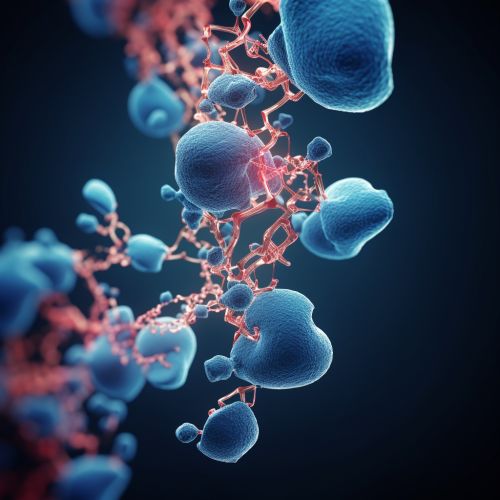

Signal Transduction
Signal transduction, the process by which a signal is transmitted through a cell as a series of molecular events, also plays a crucial role in plant adaptation to drought. Drought signals can trigger a cascade of events, including changes in hormone levels, gene expression, and protein activity, which collectively help the plant to adapt to the water scarcity.


Conclusion
In conclusion, plant adaptation to drought is a complex process that involves a range of physiological, biochemical, and molecular mechanisms. These mechanisms allow plants to survive and reproduce under conditions of water scarcity, highlighting the remarkable resilience and adaptability of plants. Further research into these mechanisms could provide valuable insights for the development of drought-tolerant crops, which could help to ensure food security in the face of increasing drought conditions due to climate change.
